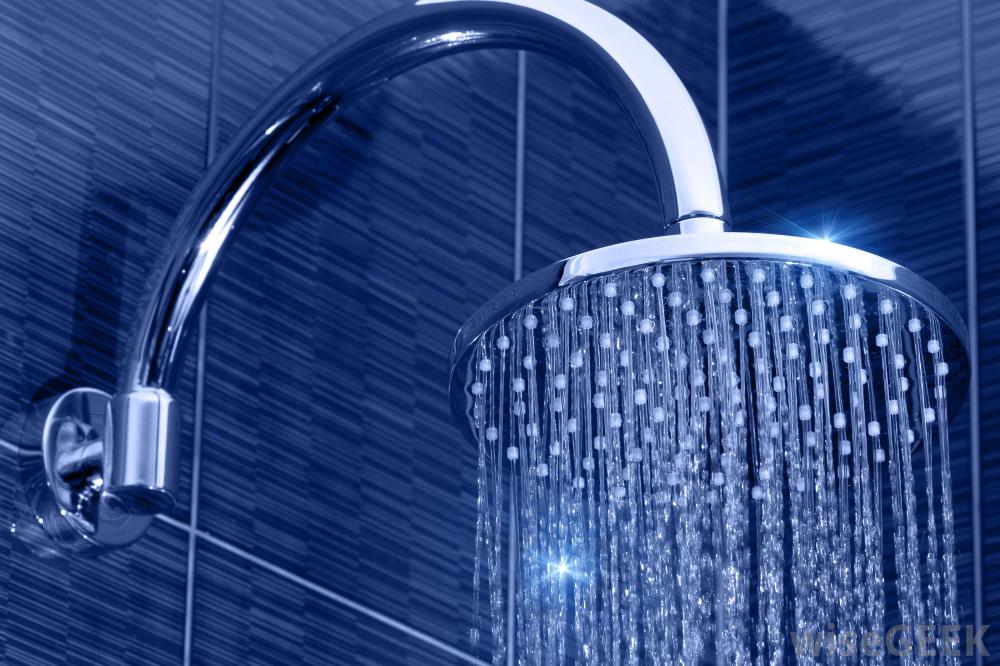
Most of us rely on our hot water heaters on a daily basis, but many of us don’t know the first thing about them, nor do we pay attention to them until our shower goes cold. In order to learn a bit more about where our hot water comes from, and in an effort to save money on our home energy costs, we take a look at these options, as described by our friends at Pillar to Post.
Storage (Tank) Water Heaters – These are by far the most common type of residential water heater. 
In these systems, cold water flows into a tank where it is heated by gas or electric power. Once the water in the tank reaches the desired temperature, the heater will cycle on and off to maintain the temperature of the water. As the hot water gets used, more cold water will enter the tank to be heated. Most of us know the phenomenon of running out of hot water after family members take one shower after another; this will occur if the tank’s storage capacity is insufficient to meet the demand. At other times of the day when relatively little or even no hot water is being used, the heater must still fire on and off to keep the contents of the tank hot. Unfortunately, it is quite inefficient to keep a tank of water hot all day, especially when the water isn’t needed.
Tip: Adding an insulating wrap to an existing water heater can boost efficiency and energy savings – these are inexpensive and can be installed by the homeowner. New U.S. standards introduced in 2015 include a requirement that manufacturers use an increased level of insulation in their storage water heaters.
Tankless (Demand) Water Heaters – Tankless or demand water heaters are exactly what their name implies. Rather than being stored in a tank, the water is rapidly heated by gas or electricity once the faucet is turned on. For many homes, a tankless heater can be located close to the sink or shower to heat water on the spot. Because it reaches the desired temperature so quickly, much less water is wasted while waiting for hot water to flow through the faucet, however the results are not truly instantaneous. Tankless heaters powered by gas are usually much more efficient than electric heaters – in fact, electricity costs can sometimes negate much of the savings a tankless system might otherwise provide. Most tankless heaters will already meet the new 2015 energy efficiency requirements implemented in the U. S. Tankless systems normally cost more upfront than a conventional storage water heater, so homeowners should take that into account along with what type, size, and location makes the most sense for them.
Solar Water Heating – The basic concept of solar water heating is that the sun’s energy is used to pre-heat water for the home. The pre-heated water then flows into a solar tank that monitors temperature. Then it is piped into the regular hot water system, usually a storage water heater. If no water is turned on within a brief period of time, the water circulates through the system again, making it unnecessary to keep a large tank of water constantly hot. The pre-heating is done by one or two solar panels, usually installed on the roof. Solar water heating is becoming more and more popular as costs for the systems continue to decrease. By some accounts, including the California Energy Commission, a typical solar water heating system can pay for itself in as little as four to seven years.
No matter what type of water heating homeowners choose, it pays to do some research first to discover the ins and outs of various types for their specific situation. With efficiency and decreased energy use as a goal, the best choice of water heater depends on what pencils out in any given home.
This article originally appears here, courtesy of Ken Peter at Pillar to Post in Longmont.


